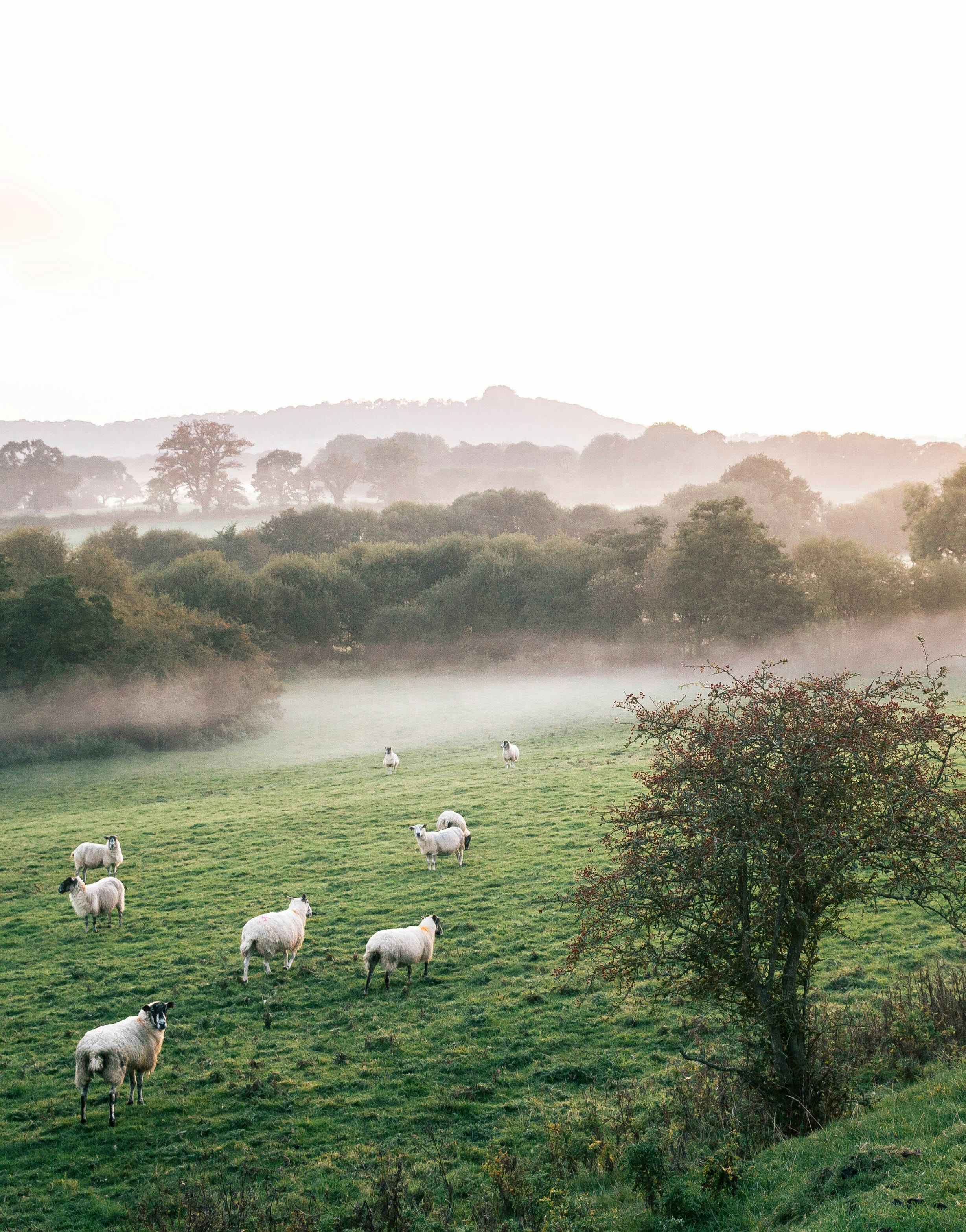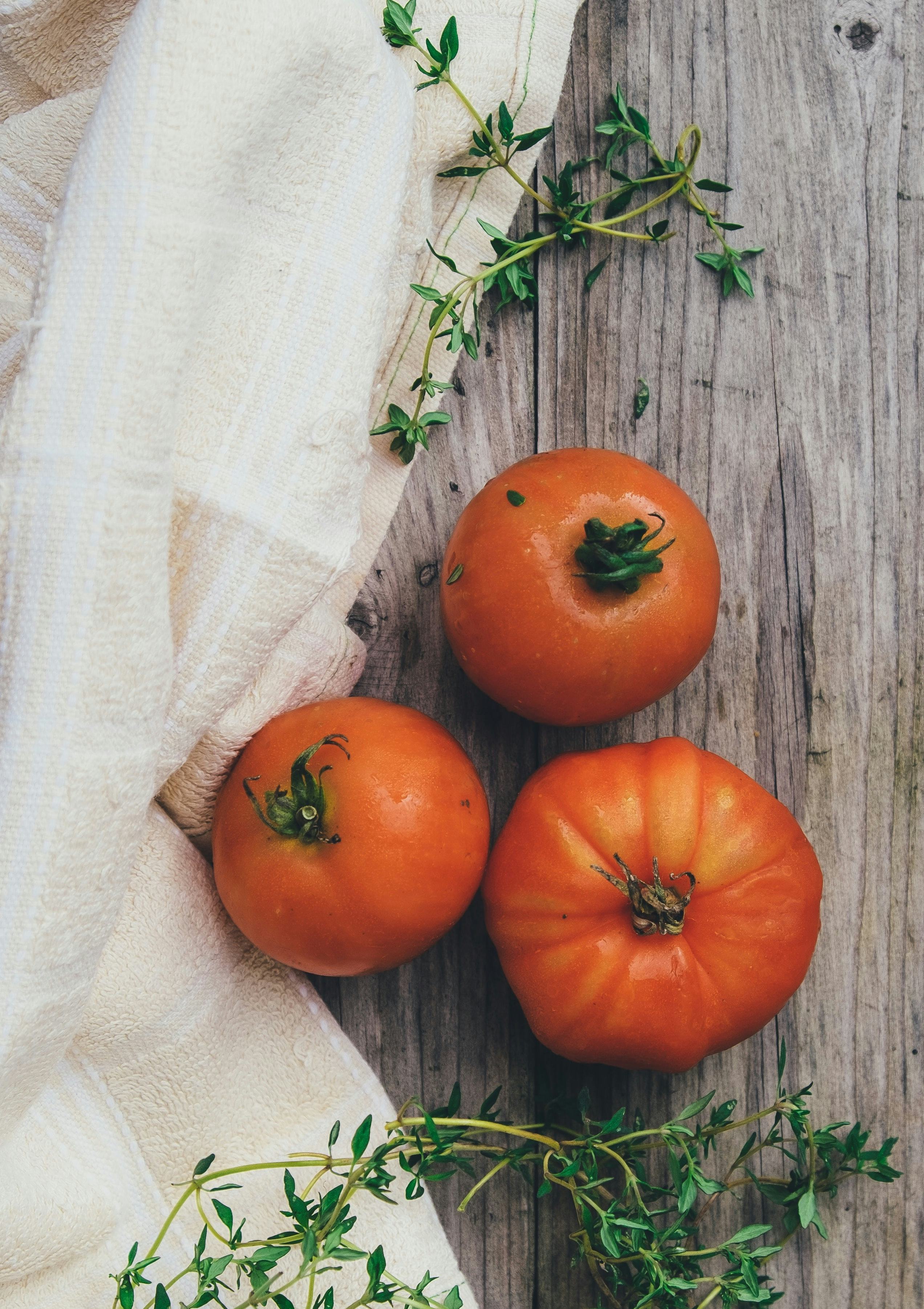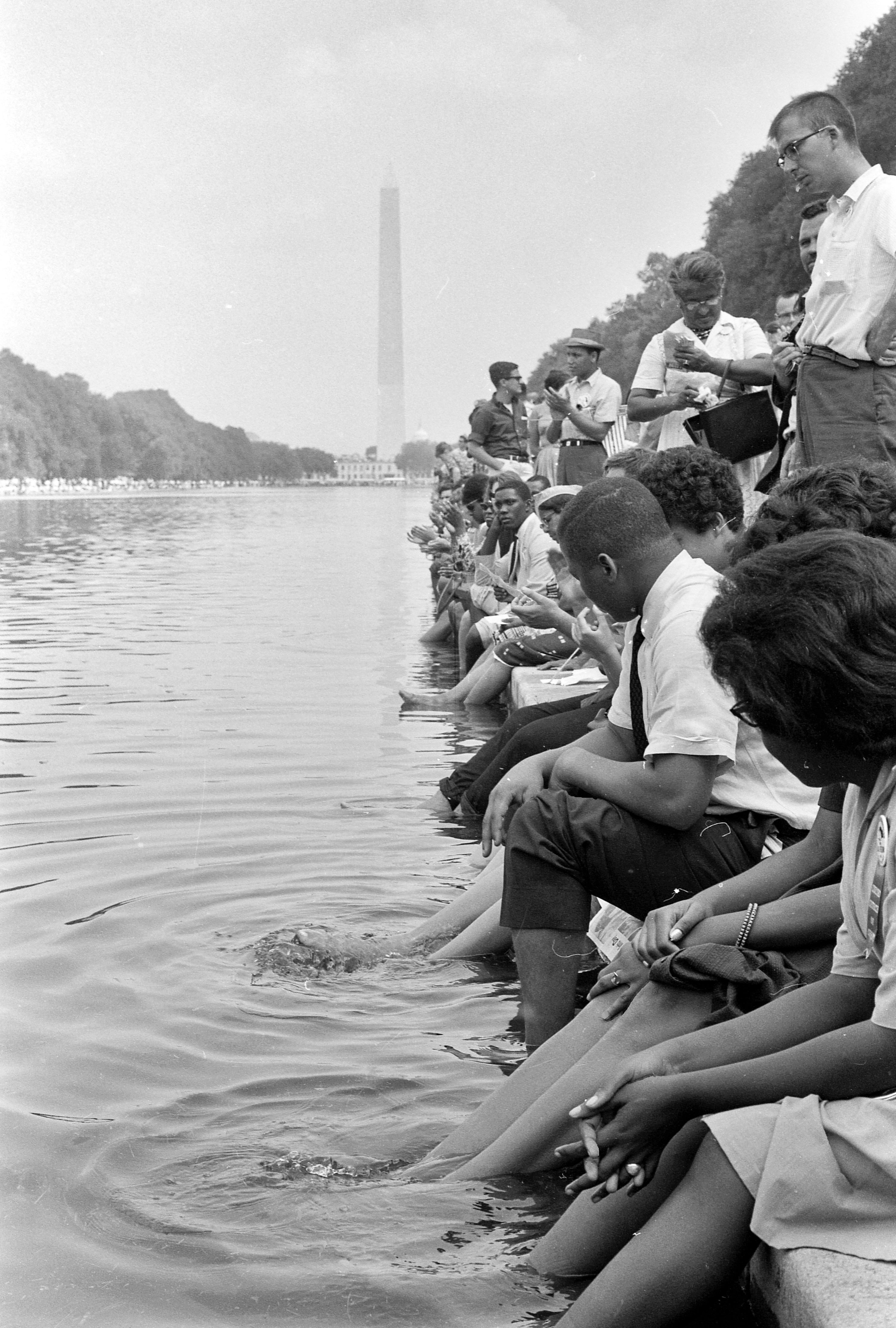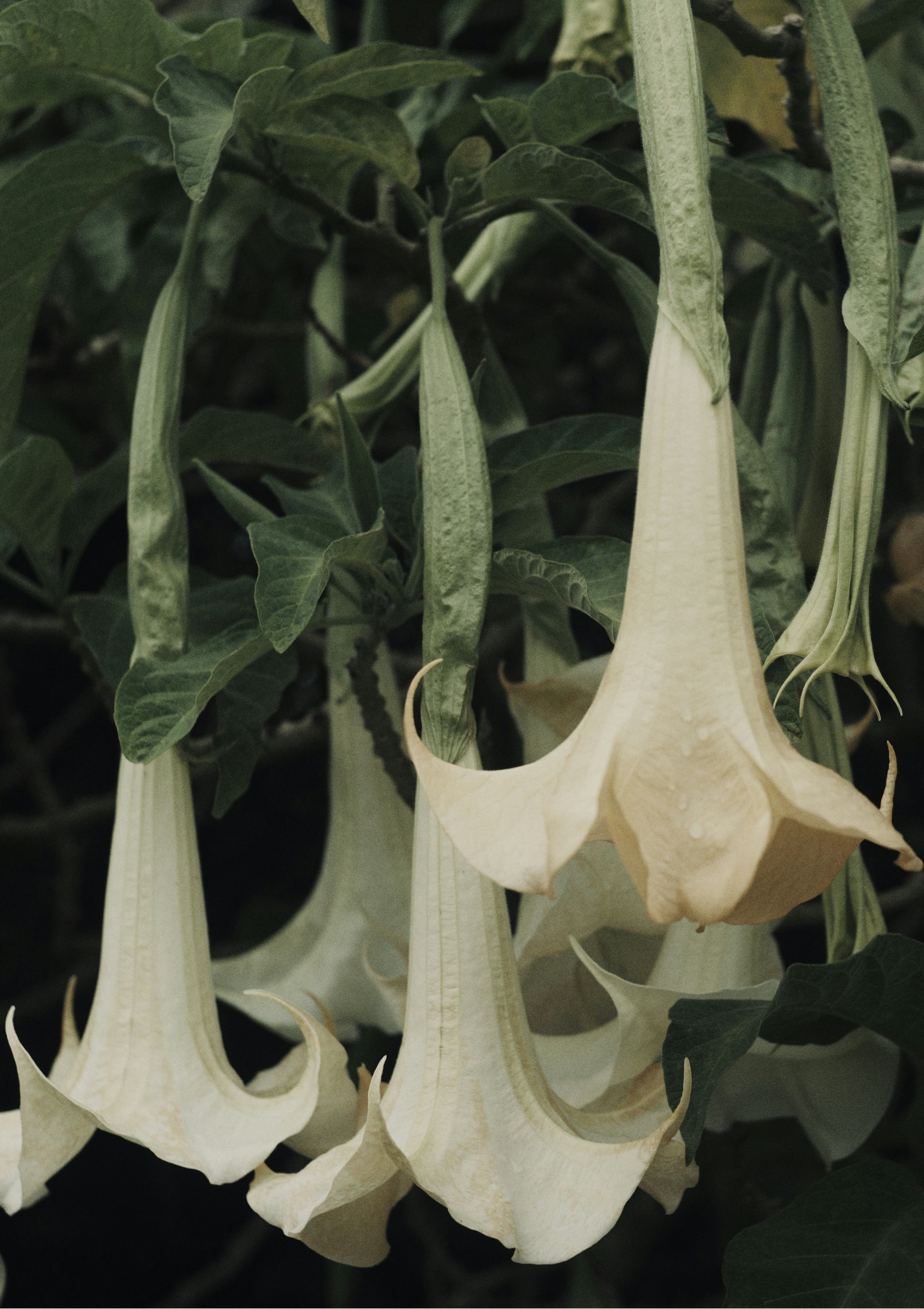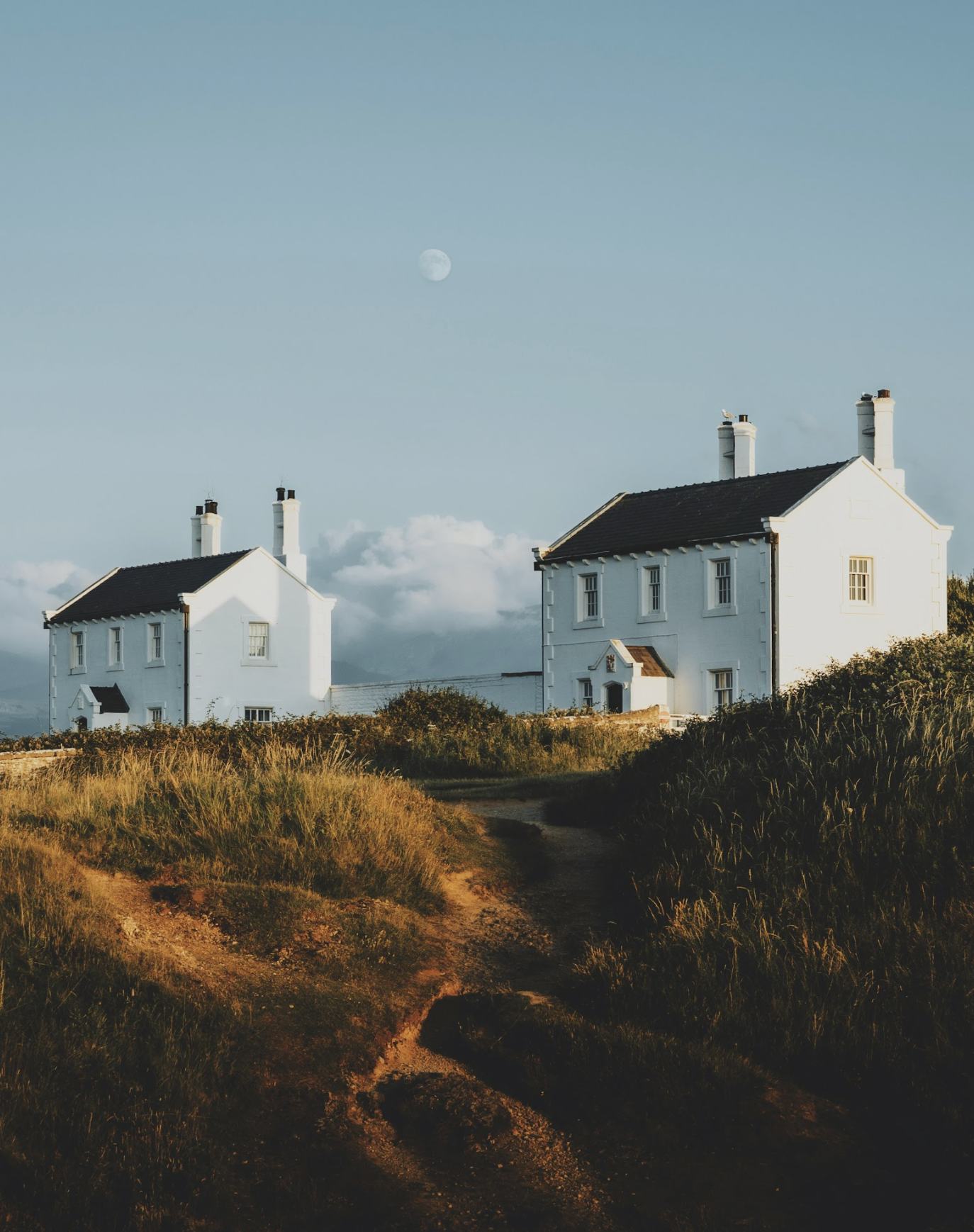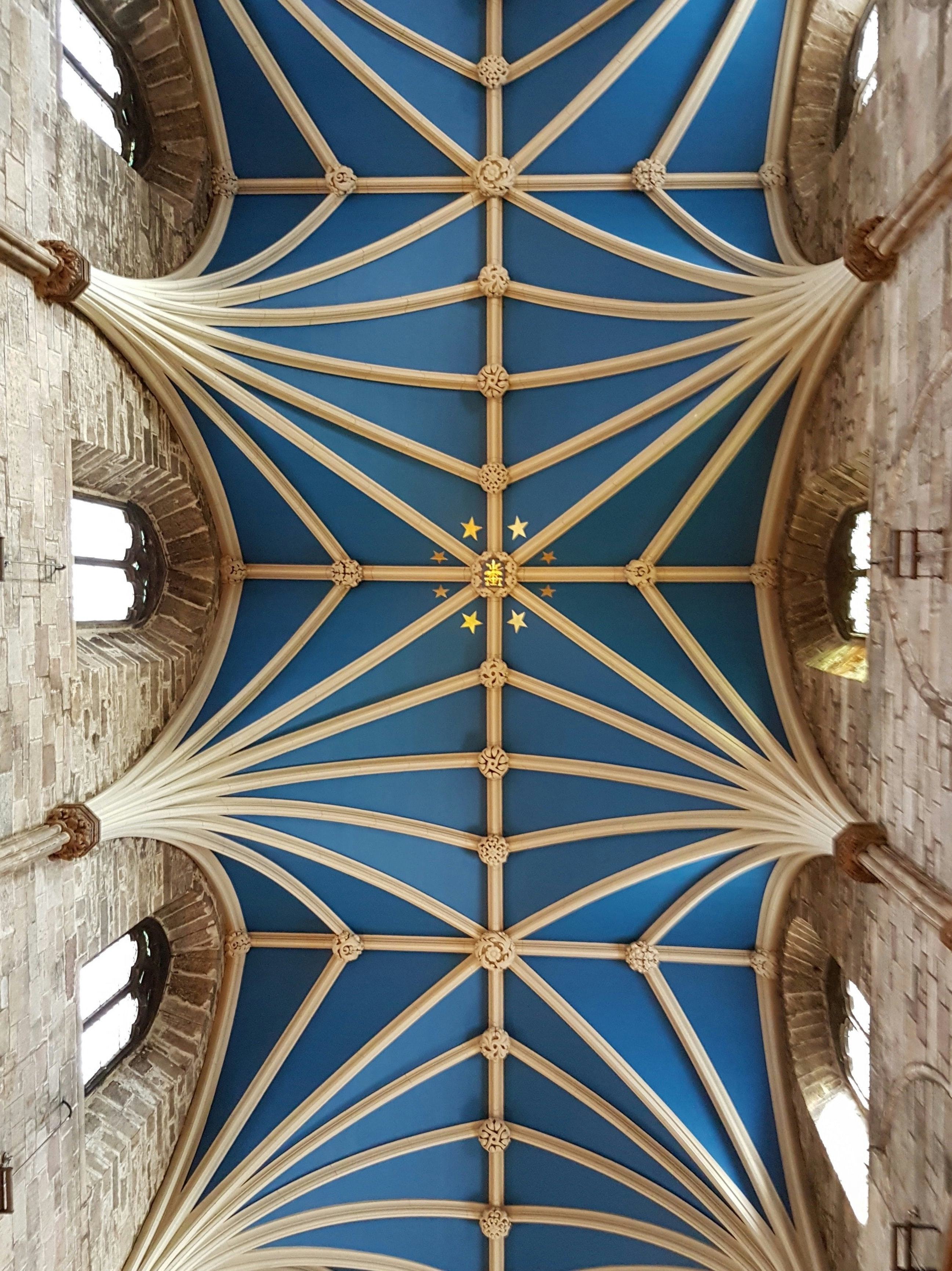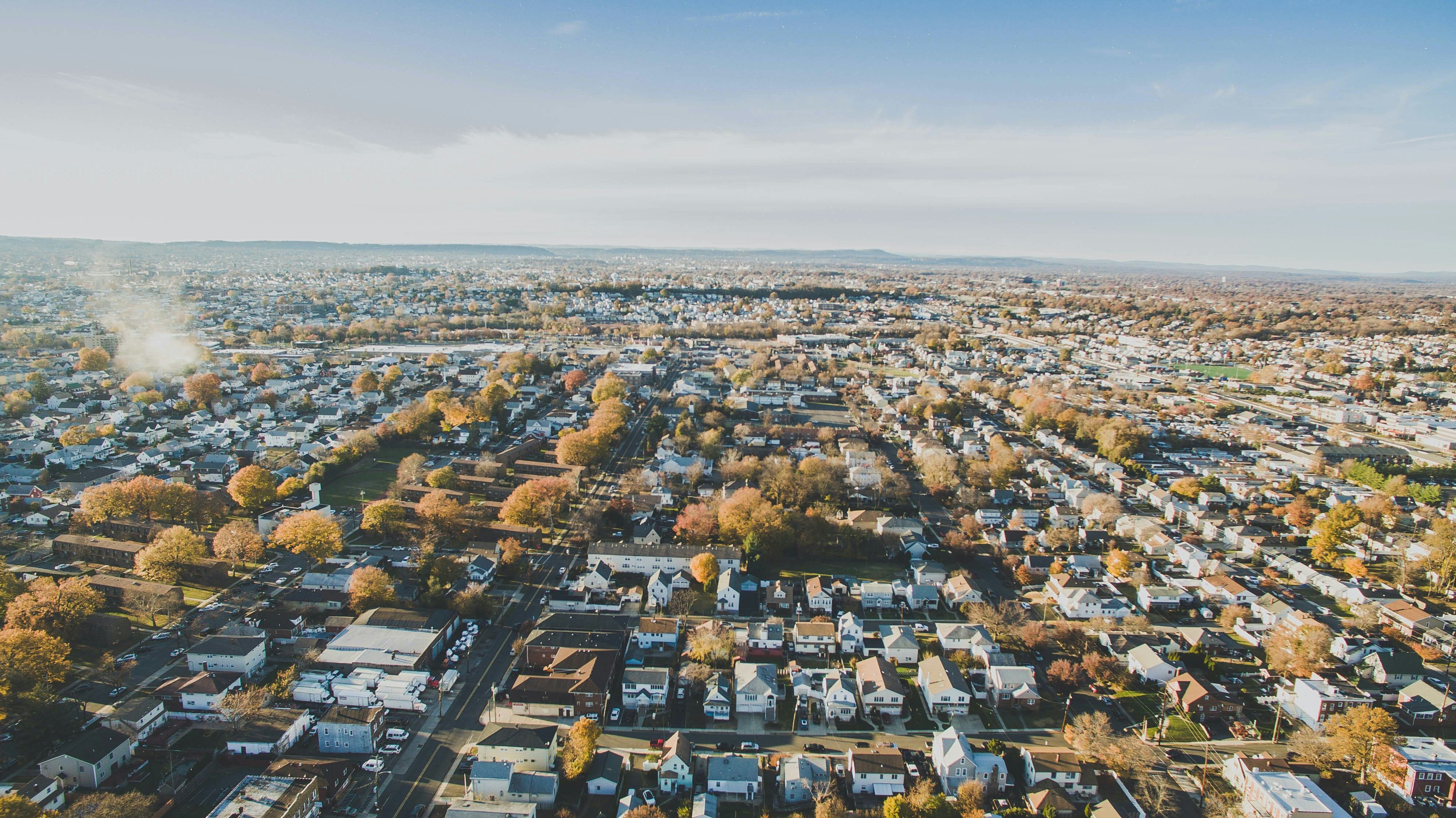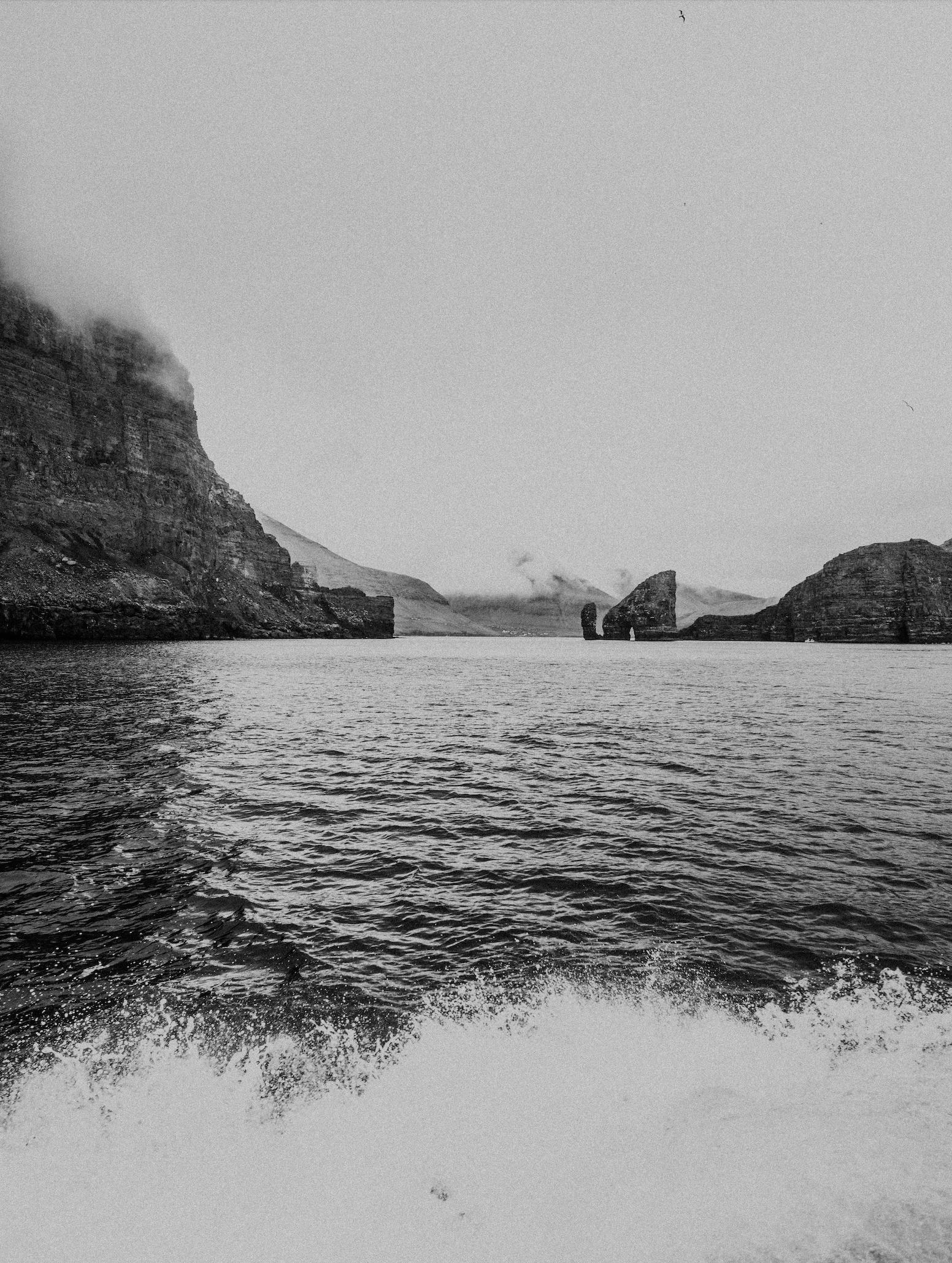A reflection upon Wendell Berry’s “membership” from a suburban neighborhood
*
“Daddy, what’s stinky?”
Riding high upon my shoulders, my three-year-old daughter was the first to smell the dead fish. My attention was focused on making sure her two older brothers had looked both ways before crossing the busy road up ahead. The four of us had just spent a lovely morning at our neighborhood pool. But we came home to find dozens of fish floating on their backs in the retention pond behind our street. We all stared.
Finally, my daughter spoke again. “Daddy, what happened?”
*
Click on my neighborhood’s website and a screen pops up for potential buyers. Even in the pandemic, new houses sold in one day. The final phase of construction is nearing completion, which will max out the planned community at 3,000 houses.
Featured prominently on the website are the neighborhood amenities, such as the pool and clubhouse, as well as the close proximity to schools, universities, restaurants, and shops. The website also has a tab — “Here, it’s easy being green” — which brags that the neighborhood contains “almost 400 acres of existing trees” and “over 20 miles of nature trails.” Newly constructed houses meet the third-party testing of the National Green Building Standard (NGBS). Next to pictures of smiling homeowners are details of these energy-efficient houses. Buyers are promised a savings of $600 per year in energy bills, which equals 26 concerts at the local music venue or 65 grass-fed beef burgers from the grill located at the entrance to the neighborhood.
When we decided to move here with our young family, my wife and I justified the high mortgage on a one-income pastor’s salary because we wanted to live near other young families, and we valued the neighborhood’s professed ideals for earth care. We care about such things as climate change and ecological sustainability for the wellbeing of our children and future grandchildren. As my late friend Brian Doyle wrote, “All children are our children.”
I also believe that we humans have been divinely charged to nurture and protect the world in which we live, for “The earth is the Lord’s, and the fullness thereof” (Psalm 24:1). Even more than the Bible, the writings of Wendell Berry, the farmer-poet of Kentucky, have defined my thinking about our sacred responsibility to all of creation. His essays are persuasive, his poetry poignant:
We join our work to Heaven’s gift
Our hope to what is left,
That field and wood at last agree
In an economy
Of widest worth.
On the website, the developers of my neighborhood frequently mention “care for the environment.” Although a professed commitment to “the preservation of a more natural habitat for wildlife” suggests Berry’s poetic agreement between field and wood, the developers are invested in the economy of profit.
Berry contends that well-meaning activists mistakenly talk about “the environment” as if our surroundings were somehow separate from our actual lives. National parks and other designated preserves are important, but Berry’s key point is that we must learn to live so that life flourishes right where we are. By this standard, the developers of my neighborhood did not seek the “widest worth.”
*
Our home was built ten years ago. Neighbors joke that we reside in the “historic section” of the development. Though I wasn’t here, I have a good idea of how our specific block of houses was built because I’ve witnessed the construction process of new sites over the past three years.
First, builders clear cut the land all the way down to the red clay. Bulldozers and graders then shape the terrain so that rows of houses will eventually be constructed along a ridgeline. This pronounced slope means rain water needs somewhere to go, so retention ponds are dug before any construction begins. These water collection areas are not a bad solution to the problem of excess rainwater. But the problem was created by builders.
Once the houses are completed, work crews sod the land around the retention ponds with the same grass as found in most lawns — Bahai grass. This variety holds up well in direct sun, which happens when all the trees are removed. Paspalum notatum can also grow in poor soil, such as red clay, and even stay green in a period of extreme heat and drought, increasing phenomena in our Anthropocene Era due to human-induced climate change. But Bahai grass was originally for pastures. It grows quickly and for eight to nine months a year, meaning mowing machines run on a daily basis throughout the spring, summer, and fall. This grass is also susceptible to seeds of other plants, so the mowing crews also spray chemicals for weed control.
A word about “weeds.” As a non-native, non-edible plant, Bahai grass is a weed by many definitions. However, “weed” has come to designate a wild plant growing in competition with desired plants. Workers spray plants around the retention ponds that are native to the area, killing flora that was seeded by birds, squirrels, and other wildlife living in the woods beyond the construction sites.
I learned from John Green’s The Anthropocene Reviewed that Americans devote more resources to the cultivation of non-edible plants, i.e., lawn grass, than all of our major food crops combined. This is an example of what Berry labels “stupidity in concentration.”
But we buy it. The HOA justifies killing native plants by claiming that a field of Bahai grass looks “natural.” While our neighborhood has policies that are good for “the environment,” other practices cultivate the “easy being green” aesthetic as a selling point. This brings me back to the dead fish.

The developers are not to blame for the fish in the retention pond. My neighbors are kind-hearted people who stocked the pond for their enjoyment as well as for the neighborhood children. In truth, my own kids loved to toss the fish food from the bucket our neighbors kept just inside their unlocked garage. Sometimes, my wife and I would enjoy a happy hour (more like 15 minutes) in the backyard as our young ones watched the fish bicker for the food pellets.
In fairness, my neighbors did not stock the pond with exotic species of koi or fancy goldfish. But catfish and bluegills are neither native to our area nor thrive in the shallow depth conditions of a retention pond. They might have survived the low oxygen levels in the water due to the summer drought, but the chemicals sprayed on the grass eventually killed the algae in the water, which further decreased the oxygen and doomed the larger fish.
Overlooking the sad scene of floating fish, my neighbor remarked, “Ecosystems are fragile.” True enough. But this particular “system” was created entirely by humans. With every decision, human interest overrode ecological sustainability. Not only was the pond a necessity due to invasive human construction, “wildlife” was for human enjoyment.
In an email to the entire neighborhood, the president of the HOA asked residents to refrain from stocking the retention ponds and assured us that the company that manages these ponds would take steps “to better safeguard our wildlife.” The use of the possessive pronoun “our” was the most telling part of that communication.
Early the next morning after my jog, I saw a vehicle owned by the maintenance company parked by the pond. Innocently, I trotted over and peered into the bed of this truck. It was filled with chemicals — a colorant for the pond and a “weed control” spray. The only “natural” part of the ecosystem visible that morning at the retention pond were the more than two dozen vultures feasting on stinky fish carcasses.
*
Our area’s population is expected to double in the next five years. People need places to live. Though I have been critical, I understand that developers of other planned housing communities are far more destructive, building with seemingly no concern for long-term sustainability.
But our society must foster actual ecosystems as part of the “agreement” between humankind and the surrounding world that Berry notes is “of widest worth.” Here’s where I disagree with my neighborhood’s developers: “being green” is actually not “easy.” A legitimate and good faith investment in plant and animal life would require sacrifices on our part, including a reorientation of our aesthetic preferences for actual sustainable practices. Berry is once again helpful.
In both Berry’s nonfiction and fiction, the term “the membership” refers to people who belong to one another and the place they live, including the land and wildlife. Matt McCullough argues for “the beauty” of Berry’s membership concept:
To belong to the membership is to be at its disposal, to have given over all you have to be used for whatever your community needs. It is to be implicated substantively, not just sympathetically, in the ups and downs of a place and its people. It is a submission of yourself—your identity, your interests, your ambitions—to the needs of those to whom you’re bound.
To be “implicated substantively” and “a submission of yourself” are not consumeristic ideals that sell houses. In order to get buy-in from the larger public, we need to reframe our priorities. As I think about motivating people to change, it is tempting to appeal to death and decay — for my children, those dead fish were an apocalyptic image. Imagine the impact of connecting the one million oysters killed in the recent heatwave off the western coast of Canada to human-induced climate change. Yet, I believe in the power of words to do more than instill fear. Words can transform minds and move hearts. “The beauty of membership” is best expressed by another Berry poem:
Light, leaf, foot, hand, and wing,
Such order as we know,
One household, high and low,
And all the earth shall sing.
Would more people would be willing to make sacrifices “in an economy / of widest worth” if they envisioned themselves as part of such a joyful chorus, a membership in service to beauty and the greater good of all creation? May it be so.
*
Brian Doyle, “Dawn and Mary,” The Sun Magazine (August, 2013)
Wendell Berry, “Sabbaths, 1982, VII,” This Day: Collected & New Sabbath Poems (Counterpoint, 2013)
See chapter on “Kentucky Bluegrass.” John Green, The Anthropocene Reviewed (Random House, 2021)
Matt McCullough, “Wendell Berry and the Beauty of Membership,” (https://www.thegospelcoalition.org/article/wendell-berry-and-the-beauty-of-membership), accessed August 3, 2021
Wendell Berry, “Sabbaths, 1982, X,” This Day: Collected & New Sabbath Poems (Counterpoint, 2013)
Andrew Taylor-Troutman is the author of four books, most recently, Gently Between the Words: Essays and Poems. He writes for The Porch, Sojourners, The Presbyterian Outlook, and a weekly editorial in the Chatham News + Record. He is a Presbyterian pastor and lives in Chapel Hill, North Carolina with his wife and three young children.
Discover more from Andrew Taylor-Troutman.
